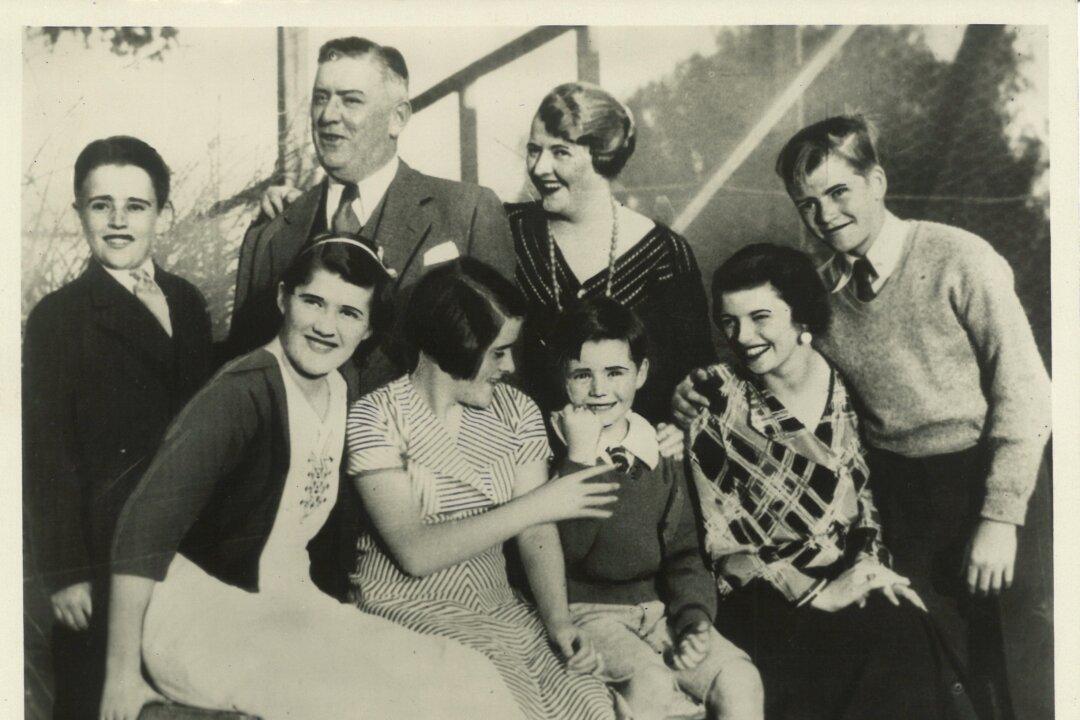Commentary
It’s hard to believe that I’ve been writing for The Epoch Times for 4 1/2 years now. During that time, I’ve focused the majority of my articles around the Motion Picture Production Code, which was the theme of my first article, “The Key to the Golden Era of Hollywood.” Before writing for this publication, I had a blog on the same subject for years called the Pure Entertainment Preservation Society, or PEPS. My first blog post was called “The Production Code of 1930’s Impact on America,” and it had a similar theme to the first article: the Production Code as the reason behind the Golden Era of Hollywood’s acclaimed yet decent entertainment.





